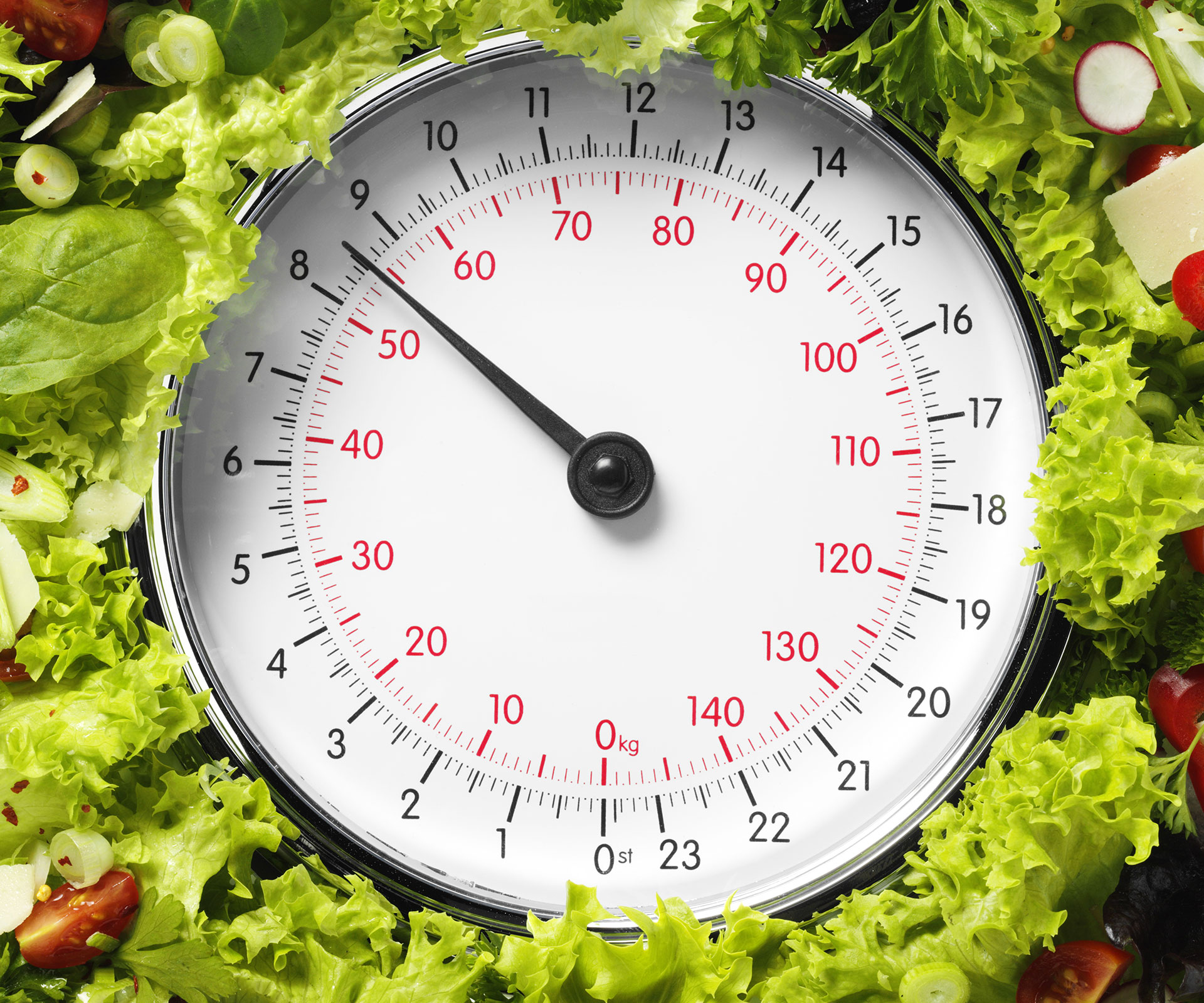Q. My mum has osteoarthritis. Are there any foods she should be avoiding – or any that will help reduce the inflammation?
A. Inflammation in the body can be caused by a number of things. I would start by removing all the processed foods from her diet and building a pantry full of whole foods, particularly produce. For example, a store-bought lemon honey marinade has a huge array of preservatives and additives, not to mention sugar!
All these things can cause inflammation in the body. Instead, buy the whole lemon, real honey and start to make your own food. At the same time, I would add lots of foods that can help reduce inflammation and promote healthy digestion. For example, homemade soups made with broth have a huge array of vitamins and minerals that our joints need such as calcium, phosphorus, magnesium and potassium, in forms that your body can easily absorb.
You can also introduce fermented foods like sauerkraut, kimchee, kombucha and homemade yoghurt that help repopulate the gut with beneficial bacteria. You can also add foods rich in gelatin and collagen such as homemade jellies, which will provide those joints with even more support. Along with dietary changes, get moving outside every day to help boost vitamin D levels, which are essential for bone health.
Nicola
Q. No matter what distance I’m running, I struggle for the first 20 or so minutes. How can I make the start of my run more enjoyable?
A. Often this feeling of heavy legs can be overcome by doing a good dynamic warm up and/or incorporating some foam rolling and mobility work into your day.
Foam rolling is a great way to get blood flow happening and loosen up any tight muscles and stiffness you may have. If you were to get into the habit of doing some foam rolling each day, either before you head to bed or before you head out for a run, I’m sure you’ll notice a difference in those first 20 minutes.
Nicola
Q. Why do most trainers recommend interval training, and how often should we do it?
A. Interval training keeps your heart rate up and burns more fat in less time than conventional long cardio workouts. Interval training increases your body’s need for oxygen – when you’re working at 100% output, your body requires more oxygen during your recovery period.
This means your body is still burning fat during recovery even after 48 hours of your HIIT workout, increasing your metabolism. HIIT workouts also increase muscle growth and muscle retention which contributes to fat loss and increased fitness and recovery. I would do HIIT workouts 3-4 times a week mixed with days of rest or light cardio.
Pua


